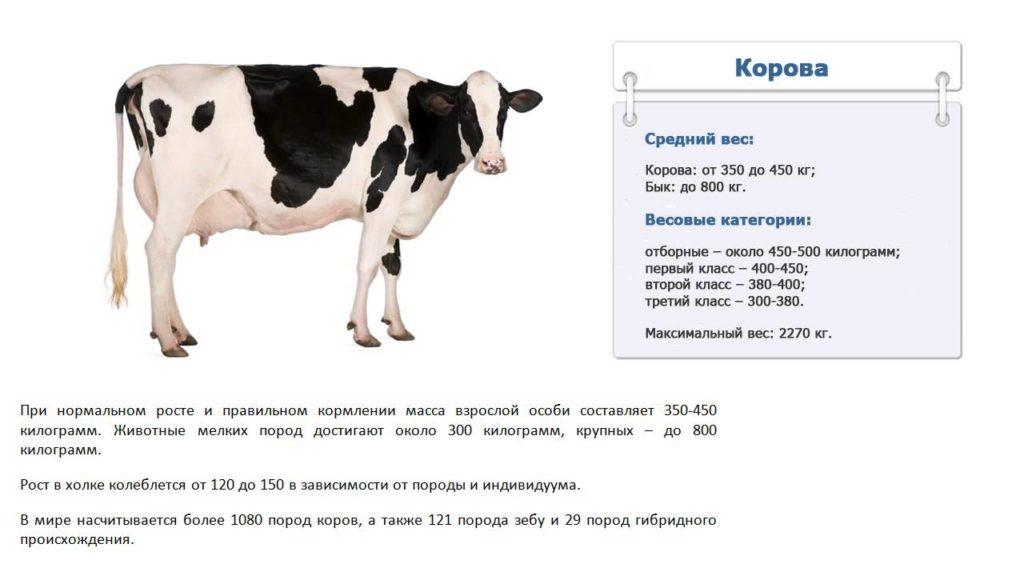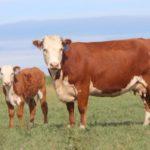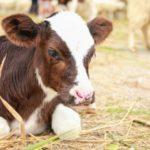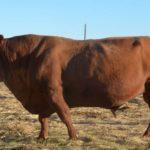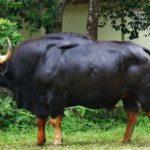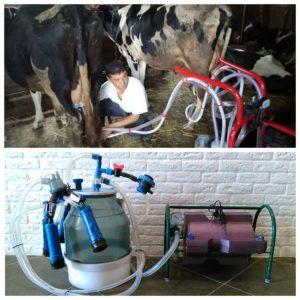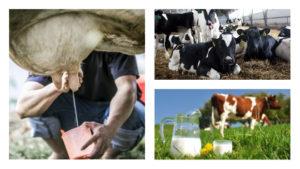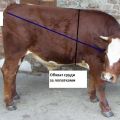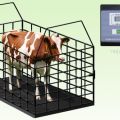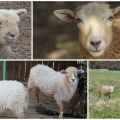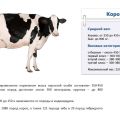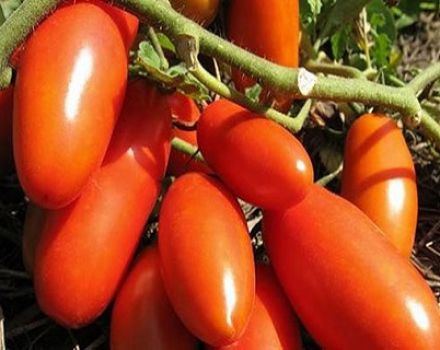How much does a bull weigh on average and a table by age, top-4 calculation methods
Before buying livestock, the breeder wants to know as much as possible about the breed and characteristics of the animals. The weight of cows and bulls is one of the most important criteria by which representatives of cattle species are evaluated. Consider how much a cow and a bull of different breeds weigh, what is the largest mass in the representatives of the species, what it depends on, how to find out the approximate weight of an animal using different methods.
How much does cattle weigh on average?
The average weight of a male, female and calf depends on the breed. Dairy cows weigh much less than beef cows. Weight information is essential for making the best diet, calculating medication doses for treatment, and more.
Bull
Adult male cattle weigh more than females.
| Animal age | Body mass |
| 1 year | 300-350 kg |
| 3 years | from 450 kg |
| From 5 years | from 650-850 kg |
However, the breed influences the weight values. A breeding bull of beef breed can weigh a maximum of 1100 kg. The yield of clean meat also depends on the breed, but, on average, it is 55-60%.
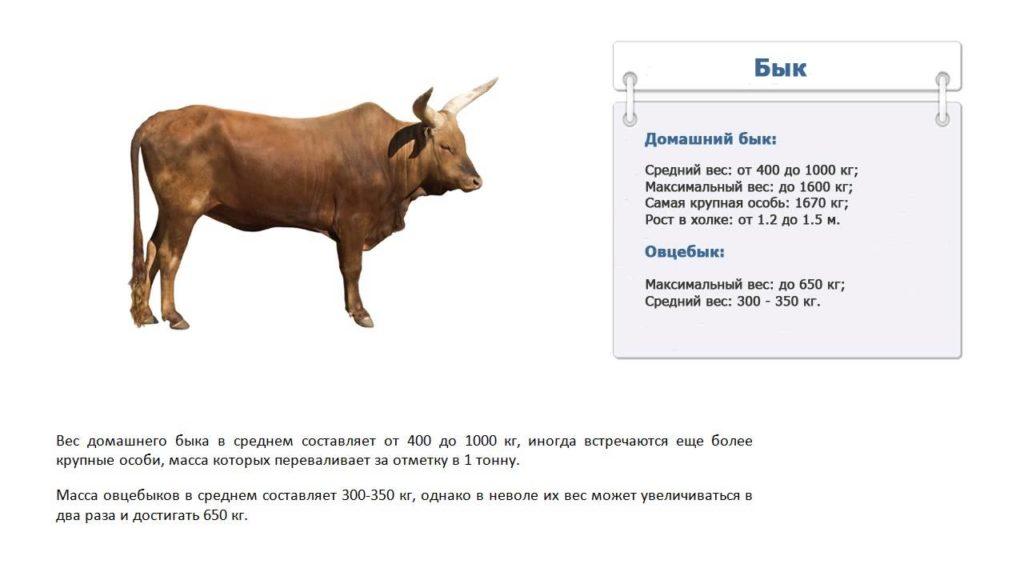
Cow
The nutritional status of females depends on age, breed and even the stage of lactation. Females over 5 years old and representatives of the meat direction are always larger, with a higher live weight than young and dairy females. The mass of animals must comply with the standards for age and breed.
| Animal age | Body mass |
| 1 year | 200 kg |
| 3 years | from 300 kg |
| From 5 years | from 400-500 kg |
Calf
The weight of the baby from the moment of birth to one year varies greatly, but also depends on the breed and its gender. They can gain 0.5-1.8 kg per day. Weight gains grow up to 10 months, then remain at a constant level. The weight of a one-year-old bull is more than 400 kg.
| Calf age | Weight |
| Newborn | 30-40 kg |
| 1 month | 50 Kg |
| 6-8 months | 100-180 kg (heifers), 200-210 kg (bulls) |
| 10 months | 200-350 kg |
| 1 year | 400-450 kg |
Categories
In addition to the average weight, there are 4 categories: the best selected, 1st, 2nd and 3rd grade. Basically, this is a characteristic of beef cattle, where you can clearly see how much the animal is gaining on fattening.
| Categories | Bull weight |
| Average weight | 600-850 kg |
| Selected | from 500 kg |
| 1st grade | 400-500 kg |
| 2nd grade | 350-450 kg |
| 3rd grade | up to 300 kg |
Meat cows are heavier than dairy cows, between them there are representatives of the meat and dairy direction.
What affects weight?
In addition to gender and age, the animal's weight is influenced by the breed, feed and conditions in which the livestock is kept. Weight can vary widely.

Breed dependence
Representatives of any breed must correspond in weight to the characteristics of their variety. The breed standard also determines the weight of the livestock.Meat animals have the largest mass, as they have powerful muscle mass. Dairy products do not have such muscles; they use nutrients to form milk. In this respect, meat and dairy cows are universal, from which both meat and milk can be obtained.
Conditions of detention
Certain conditions contribute to the accumulation of body weight in cows. For example, beef cattle are not recommended to graze and walk for a long time, so that they do not waste energy in vain. How a cow will grow and develop depends also on the temperature and microclimatic conditions of detention. It should not be too cold in the barn so that the animals do not consume energy for heating, it should not be damp, dark, and there should be no drafts. All this requires cows to expend energy to maintain body temperature and body defenses.
To get as much meat as you need, you need to keep cattle in spacious, ventilated rooms, in clean stalls, covered with straw. Cleaning of the litter should be done every day, and the manure should be removed. Removing manure makes the air clean, animals do not suffer from respiratory pathologies. One cannot but say about infections. Sick individuals lose weight, quickly shedding the accumulated kilograms, which, of course, affects their weight.
The same applies to other diseases, for example, metabolic diseases, digestive tract, postpartum complications.
The mental state of animals also matters; Calm, content cows grow and gain weight quickly. This is facilitated not only by good complete feeding and care, but also by walking in the fresh air, where animals breathe air, bask in the sun.
Animal feeding
The diet of cattle should be complete, saturated with nutrients, the animals should be fed according to the regimen. It should contain juicy feed (fresh grass, vegetables and roots, in winter - silage), coarse (fresh hay and clean straw), concentrates (grain and grain waste), vitamins and mineral admixtures. You can feed with compound feed and feed mixtures, in which all the components are selected correctly and in the right concentrations. On compound feed, cows grow quickly and eat it with pleasure, which is reflected in the desired muscle gain. The only drawback of this growing method is the high price of the compound feed.
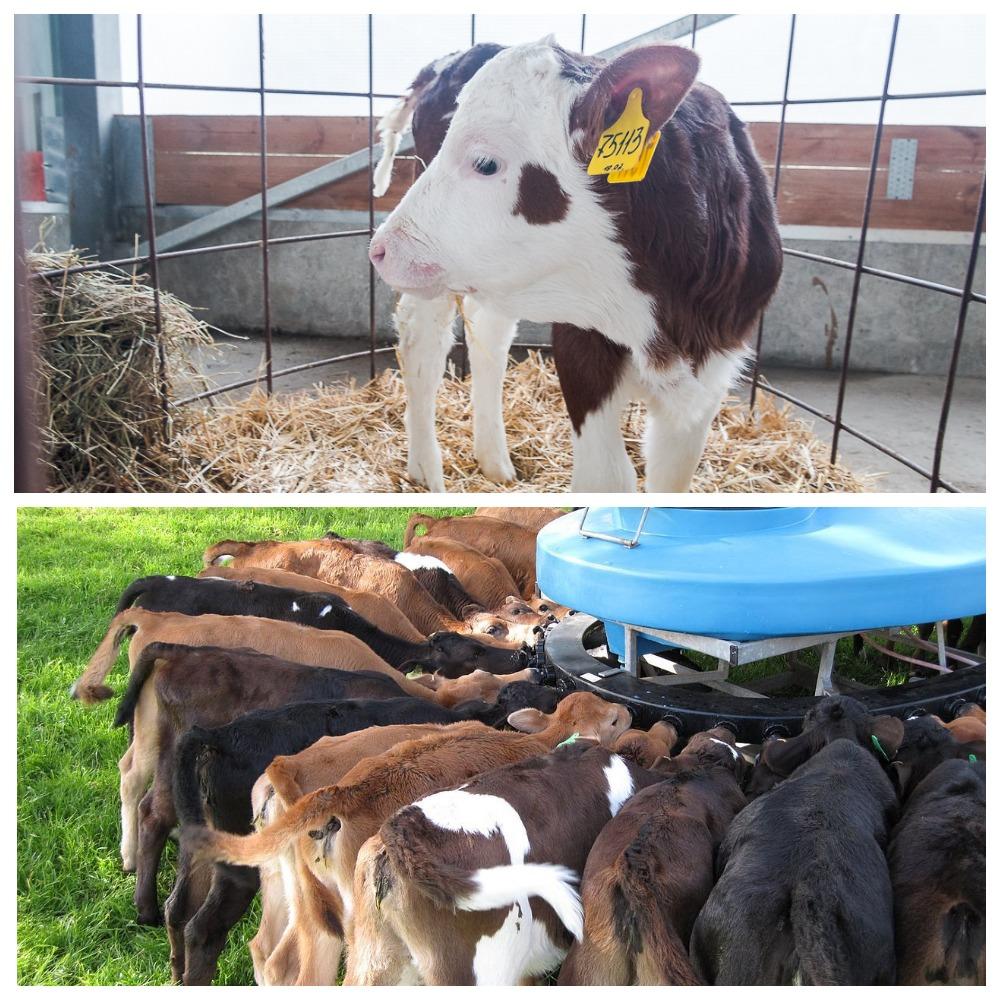
In order for the weight of animals to increase in accordance with the norms characteristic of the breed, cattle must be fed correctly. Cows should receive enough feed to meet their physiological needs and still have enough to grow. Only in this case the expected weight will correspond to the breed characteristics.
Feeding regimen: for calves - up to 5 times, for adults - 2-3 times a day. If it is violated in the direction of reducing the frequency of feeding, the animals receive less nutrients and gradually lose weight.
How do you know the weight?
When buying livestock, you can roughly find out its weight without weighing it on a scale. Information about weight can tell a lot about an animal. For example, if a calf or an adult animal does not reach the normal weight, then this may indicate that it is weakened or sick. Buying such an individual is risky, since it will not grow and develop correctly, keeping and feeding such a cow will not be economically profitable.
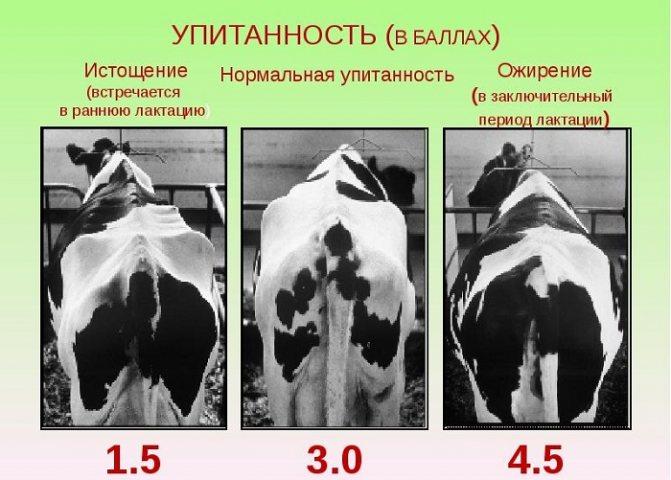
Different methods are used to measure. For each of them, only a centimeter tape is needed. Errors in calculations of 20-30 kg are allowed. Cows can be weighed at any time, calves can be weighed every 2 weeks to keep track of how they are growing.
By the girth of the chest and belly
Place the tape on the cow's back, clasp the chest behind the shoulder blades and forelegs. You need to pull the tape moderately so that it does not sag, but it is not tight either. Then measure the girth of the belly along the most protruding part of it. Weight is calculated using a simple formula: (A + B): 2 + 50, where A is the 1st measurement, B is the 2nd measurement.
Regression equation
Here the only measurement is the girth of the chest. Its value must be substituted into this formula:
- 5.3 x A - 507, where A is the chest girth of the animal 170-180 cm;
- 5.3 x A - 486 - girth 180-190 cm;
- 5.3 x A - 465 - girth over 191 cm.
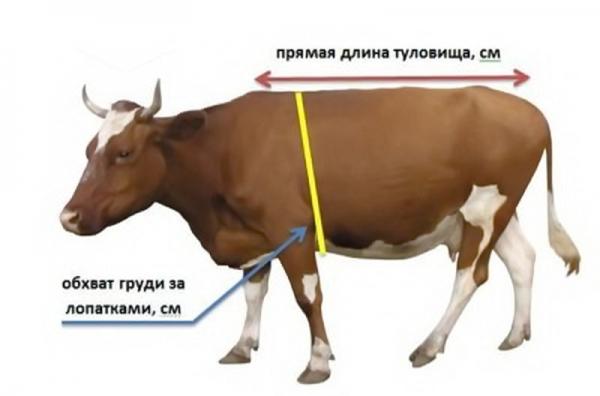
The chest is measured in the same way as in the previous example.
According to the Kluver-Strauch method
The method is recognized as one of the most accurate. For calculations, you will need measurements of the chest and oblique body length. It is measured by stretching the tape from the protruding hip joints to the protruding point of the sternum. The measurements are added and 50 is subtracted from the resulting number.
According to Trukhanovsky's method
The difference between this method and the previous one is that the values are not added and subtracted, but multiplied, and then divided by 50.
Record Bulls
The heaviest bull had a weight of 1740 kg, weight at the withers - 1.9 m. He lived in Switzerland and belonged to the porcelain breed. In England, there is a Charolais male, which weighs a little less - 1700 kg. Bulls named Chile and Trigger of the Freesian breed weigh 1.3 and 1.2 tons, respectively. Their height matches the mass - 1.9 m.
There are also record holders among the cows. The leader is a cross between Holstein and Durkhman breeds weighing 2270 kg. Her measurements are 1.88 m height at the withers, chest girth - 3 m 96 cm. This cow lived in the 1st half of the 20th century, and the modern record holder weighs more than a ton and has grown to 1.83 cm at the withers.
The weight of bulls and cows in livestock production is of great importance, especially for breeds raised for meat. If the weight of the livestock is correct, it is healthy and productive. If not, it may indicate illness or poor care. Weight can be roughly found out by formulas specially developed for calculating it in domestic cattle. This is necessary for the livestock breeder to properly organize the feeding and care of the cows.
